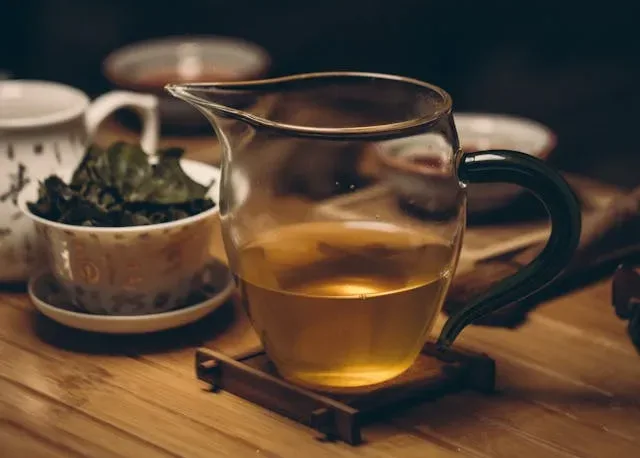Mouse brain cells regained youthful energy in 16 hours with green tea extract and vitamin B3 combo
A team of researchers at the University of California, Irvine, believe it might be possible — at least in the lab. Their study, published in GeroScience, found that a combination of nicotinamide (vitamin B3) and EGCG, the key antioxidant in green tea, restored the energy balance of elderly mouse brain cells within just 16 hours.
The experiment used brain cells from young, middle-aged, and old mice — some genetically modified to develop Alzheimer’s-like symptoms. As neurons age, they lose the ability to maintain healthy levels of GTP, a vital molecular fuel that powers the cell’s waste-clearing systems. Without enough GTP, damaged proteins build up, clogging the cell’s ability to function properly.
In this study, the researchers combined nicotinamide, which boosts NAD+ levels to fuel GTP production, with EGCG, which activates Nrf2 — a molecular “switch” that triggers protective antioxidant genes. Within just 30 minutes of treatment, Nrf2 had moved into the neuron’s nucleus and switched on defence genes, including NQO1.
Using a fluorescent biosensor called GEVAL, the team tracked GTP levels in real time. The results were striking: neurons from both healthy and Alzheimer’s-model mice regained energy levels comparable to those seen in much younger cells.
Toxic Protein Clumps Cleared
The restored energy didn’t just show up in numbers. After treatment, the neurons began clearing amyloid-beta clumps — toxic protein aggregates linked to Alzheimer’s disease. Waste-handling vesicles marked by Rab7 and Arl8b, which normally pile up in energy-deprived neurons, returned to a more youthful number and size. This indicated that the cell’s clean-up machinery was back in working order.
The Alzheimer’s-model cells also showed a 22% improvement in survival rates after the 16-hour treatment.
Not Ready for the Clinic Yet
While the findings are promising, the researchers stress that these results are from an in vitro experiment — brain cells grown in dishes, not living animals or humans. The study measured only short-term effects, so it’s unknown whether the benefits would last, or how they might work in the complex environment of a living brain.
Lead author Gregory Brewer noted that a recent trial using oral nicotinamide was not very effective, because much of the compound became inactive in the bloodstream. “More work is going to be required to find the best way to administer this treatment,” he said.
What It Could Mean
If the approach works in live subjects, it could offer a new route to slowing — or even reversing — certain aspects of brain ageing. Age-related decline in waste-clearing processes is linked to several neurodegenerative diseases, including Alzheimer’s and Parkinson’s. Restoring that function could help protect brain health into later life.
Nutrient Sources
EGCG is found most abundantly in matcha and brewed green tea, while nicotinamide is present in foods such as chicken, turkey, salmon, peanuts, brown rice, and fortified cereals. However, the high doses used in the study are far above typical dietary intake, and the researchers caution against self-experimentation without medical supervision.
The Bottom Line
The study offers early but compelling evidence that ageing brain cells are more resilient — and potentially more reversible — than once believed. But until these results are confirmed in animals and humans, the combination of vitamin B3 and green tea extract remains an intriguing laboratory finding rather than a ready-to-use treatment.
